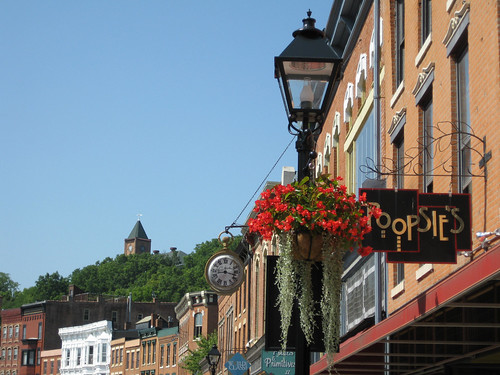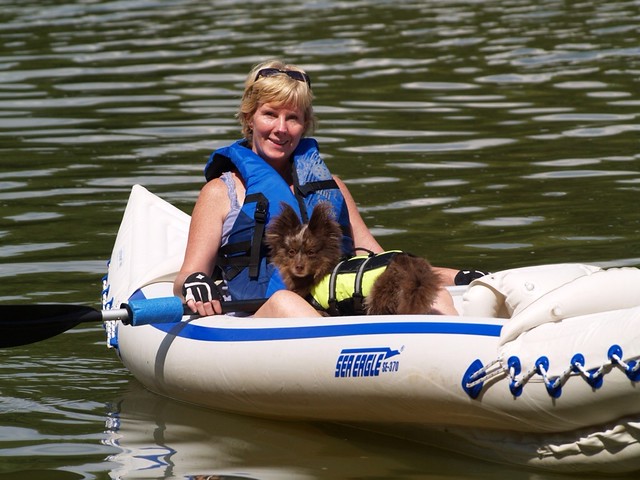Most people who are not business owners, and even some novice business owners, tend to think that building a “brand image” is much more important than it is.
I’m not saying that brand recognition doesn’t ever have real value, but for small businesses and even for many types of very large businesses, it doesn’t.
If you have a highly specialized business serving a small, well-defined market, you don’t spend a lot on brand recognition.
One company that comes to mind is Halliburton. They are relatively well-known only because of having been in the news quite a bit a few years ago. (Due to connections with the Vice President of the United States, not so much for their service itself.) Halliburton is essentially a temporary staffing agency which specializes in providing private security forces in hostile and unstable regions. To put it bluntly, they are a placement service for mercenaries.
I read once about a company which specialized in polishing the injection ports on carburetors and automotive fuel systems. It turns out that a well-polished port makes a huge difference in fuel efficiency and major automakers outsource this type of thing.
What about the company that makes reflective paint for highway signs? Or one that manufactures the cans that hold so many of the foods on grocery store shelves? Or the maker of those concrete barriers used in road construction? Or the company that makes utility poles to hold up power lines?
Brand recognition, at least in the broad public sense, is not important to any of these companies. They don’t sell to the public and are specialized enough to have little or no competition in their fields.
If you look at phone listings in any area you’ll find a grossly disproportionate number of businesses named after the area itself. Where I live in Delaware we have many businesses with the word “Delaware” in their names. We also have many with “Blue Hen” (the state bird), “First State” (because Delaware was first to ratify the US Constitution), “Diamond State” (the state’s nickname) and other such references in their names.
I know of two pizza places relatively near me, both of which are named Ciao Pizza. They are separate restaurants with no relationship to one another whatsoever. They’re several towns apart and don’t directly compete.
For that matter, do you think people choose a dry cleaner because of a well-known name on the sign? Or could it be perhaps for other reasons? Perhaps they have great service, or convenient hours, or low prices, or a good location or even that the girl behind the counter is attractive. In this case the primary selling point, whatever it may be, is not part of a “brand”.
That’s how it is with most small businesses.
Some may tout the case for uniqueness. If multiple companies have the same “brand” then consumers have a harder time telling them apart. Worse, if one incurs negative publicity, the others may share the taint.
Perhaps there is something to that. Then again, just the other day I saw a Jeep Wrangler with Good-Year Wrangler tires. (Wouldn’t it be funny if the driver were wearing Wrangler jeans!)
So if I own Acme Cleaners and there’s an Acme Auto Body across town and an Acme Bail Bonds on the other side of the tracks and then Wile E. Coyote uses Acme explosives to blow up the Road Runner, do you really think consumers will assume we’re all the same company?
There are much more compelling ways to sell your wares, and much more effective uses for your operating capital, than “branding”.
Click any of the icons below to retweet these passages from the above article.
Remember, we’ll donate money to charity for every retweet. No purchase necessary. You retweet, we donate. It’s that simple.
![]() Most non-business owners think building a “brand image” is more important than it is.
Most non-business owners think building a “brand image” is more important than it is.
![]() Do people choose a dry cleaner because of a well-known name on the sign? Or could it be because…
Do people choose a dry cleaner because of a well-known name on the sign? Or could it be because…
![]() In this case the primary selling point is not part of a “brand”.
In this case the primary selling point is not part of a “brand”.
![]() I saw a Jeep Wrangler with Good-Year Wrangler tires. (Was the driver wearing Wrangler jeans?)
I saw a Jeep Wrangler with Good-Year Wrangler tires. (Was the driver wearing Wrangler jeans?)
![]() If Wile E. Coyote uses Acme explosives to blow up the Road Runner, do you think consumers will…?
If Wile E. Coyote uses Acme explosives to blow up the Road Runner, do you think consumers will…?



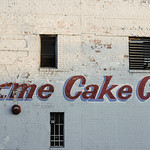

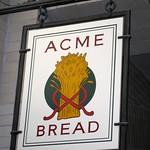


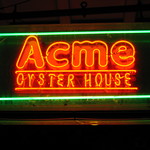
 I love my insurance agent.
I love my insurance agent.